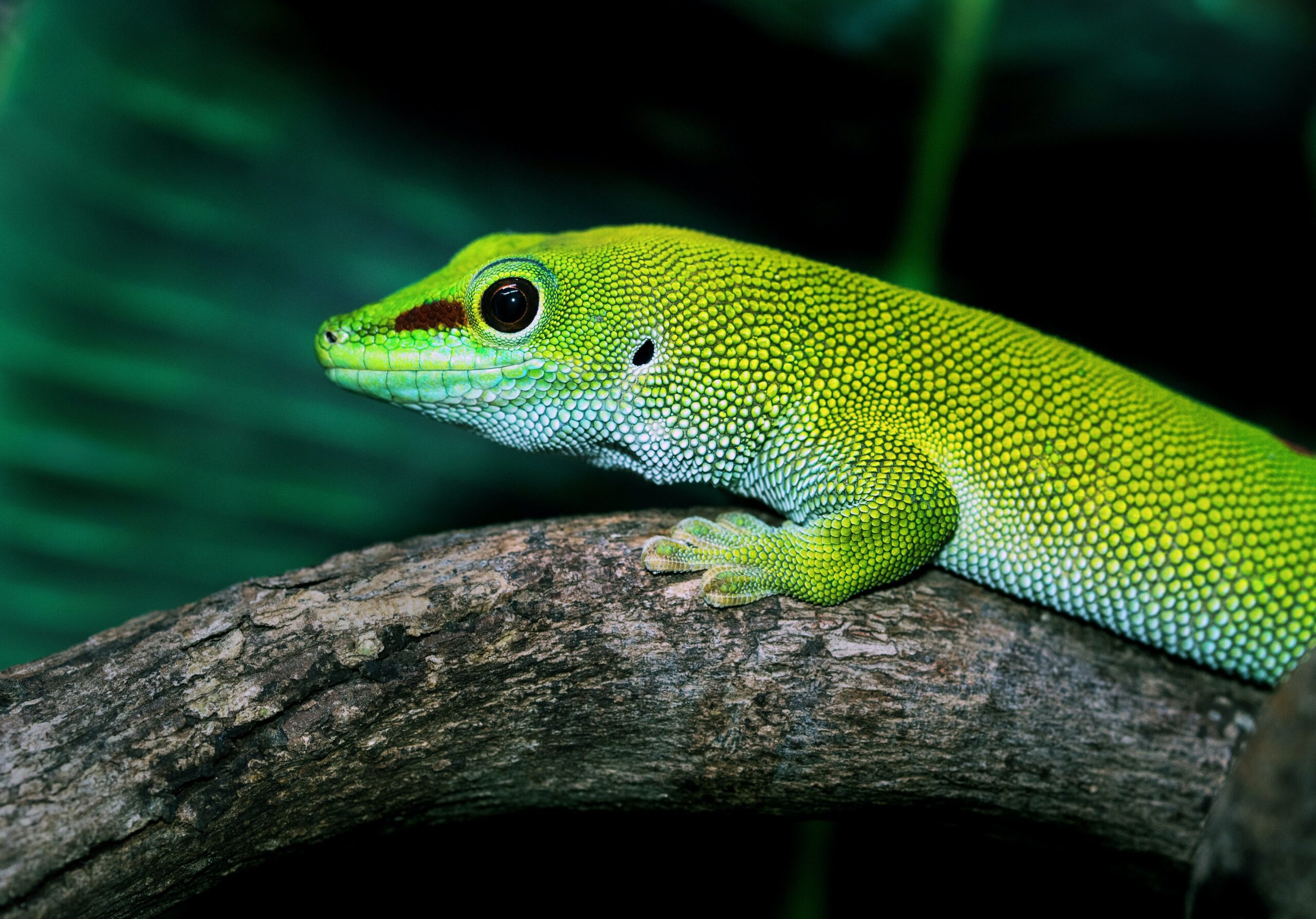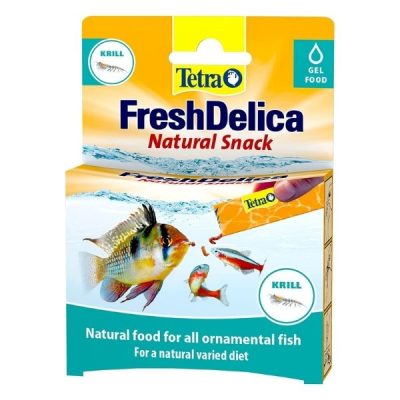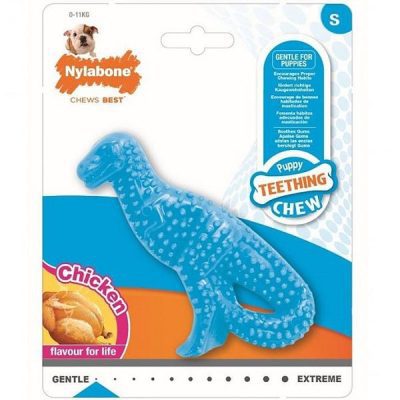Day Gecko Care Sheet
Housing
Day geckos come from a warm, humid environment so they require additional heating to thrive in the UK. Unlike other reptiles they only need a basking area of around 80f (27C) and can become stressed if it gets much warmer. To prevent overheating and ensure optimal ventilation we recommend a tall glass enclosure with front and top ventilation.
As the enclosure does not retain much heat, we know that as long as the room it is placed in is cool, a temperature gradient will be achieved from one side of the enclosure to the other.
Day geckos love to climb and will spend most of their time off of the floor. To aid in this there should be number of hard wood decorations fitted firmly in place to provide multiple routes up and down the enclosure. Day geckos aren’t particularly shy, but it is best to provide partial cover throughout the enclosure.
Day geckos get a lot of their hydration from dew on leaves and flowers, so it is good to ensure that there are plenty of large leaves and plants (real or artificial) to catch water when the enclosure is sprayed.
Heating
Naturally, day gecko spend a long time in the forest canopy under partial light. As such they require a warm basking area of 75f. To achieve this we attach a heat bulb to the outside of one of the side panels of glass. This is controlled by a simple on off thermostat with the intention of keeping that side panel of glass at 75f. As the heat bulb does not produce light it can be left on both day and night to keep the enclosure warm.
If the room that the gecko is being kept in is extremely cold you may find that the heat bulb isn’t enough to achieve a 75f warm spot. If this is the case, you can use a low wattage basking bulb over the warm end during the day time. Terrariums have a lot of ventilation and little insulation so as long as the enclosure is at least 45cm wide you should achieve a good temperature gradient from the warm end to the cool end.
Though the thermostats we sell are very reliable it is always best practise to also monitor your temperatures with a thermometer. A 5of variance on the basking spot isn’t too much of a worry as long as your cool side is still cool. A simple dial thermometer on each side should be sufficient but digital probe thermometers are much more accurate.
Diet & Water
Day geckos are omnivorous meaning that they will eat a varied diet of vegetation, live insects and fruit.
For the live insect portion of this diet we would recommend brown crickets. They are very nutritious, fairly easy for the gecko to hunt, widely available and great value for money. If your gecko will not take them, black crickets and locust are also a brilliant alternative. Every now and again you might want to provide your gecko a treat, for this purpose you could feed: waxworms, calciworms or mealworms. The grubs and worms tend to be quite fatty, so we normally offer these a maximum of once or twice a week. Mealworms can be difficult to digest so we would normally only provide these to mature geckos (18 months or older) and only once or twice a week.
For the fruit and vegetable portion of the diet we recommend one of the powder mix diets by Repashy, Exo Terra or ZooMed. There are a range of diets suitable for this species including the crested gecko diet, crested gecko classic, grubs n fruit and mango diet (among others). These can be fed 3-4 times per week alongside the live food.
As a back-up we always include a small water bowl in the enclosure. You might never see the gecko drink from it, but it should be refilled daily.
Cleaning
Day geckos, as with most pets, require a clean environment to thrive. We recommend a spot clean as often as possible (every day) and a full clean every 4 weeks or so. If you are keeping the gecko in a bio-active enclosure you can spot clean and monitor the enclosure. It may still be a good item to change out the bedding a few times per year.
When cleaning the enclosure you should remove your animal, all decorations and all of the bedding. Once the enclosure is clear you can spray it all over with a reptile friendly disinfectant. These usually work very quickly and only need to be left for around 30 seconds, instructions can normally be found on the disinfectants packaging. Once the disinfectant has done its work it can be wiped away from the surfaces with a paper towel. In some cases you might want to repeat this process a second time to ensure that the enclosure is thoroughly cleaned.
Your decorations can be cleaned in a similar method, simply spray them down with the disinfectant and rinse thoroughly with water before drying them off and putting them back into the enclosure.
For any further information or advice please feel free to ask a staff member in store or contact the store on 01902 494860









